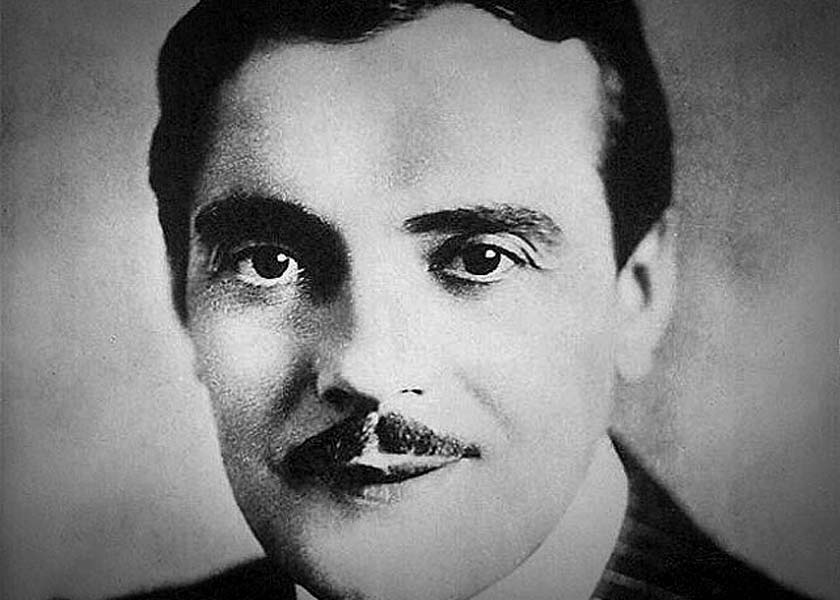Max Linder (Gabriel-Maximilien Leuvielle) entered films in 1905, during their earliest period. His short comedies, made for film studio Pathe Frére and highly successful throughout Europe, brought him fame and fortune. At his peak in the early 1910s, Linder was star, director and writer, of his films. His character, Max, was a dapper gentleman, wealthy, fashionably dressed, suave and self-assured, but liable to get into comical predicaments.
In 1914, at the outbreak of war, he enlisted in the French army and served as a dispatch driver for a few months before being dismissed due to illness. After leaving the army, Linder entertained the troops and continued to make comedy short subjects.
In 1916, George K. Spoor, one of the principles of the Essanay Film Manufacturing Company of Chicago and California, offered Linder a contract to make films in the United States. Linder accepted and moved to America. His first films for Essanay were Max Comes Across (1916), with a scenario based on his voyage to New York, and Max Wants a Divorce (1916). American audiences ignored these films. His third film, Max and His Taxi (1917), made in Hollywood, was moderately successful. While in Hollywood, Linder met and became friends with Charlie Chaplin, who admired his comic abilities. Essanay, however, was in financial difficulty and cancelled his contract.

Linder returned to war-torn France. Discouraged and depressed, he did not make any
films in 1918. In 1919, brightened by the end of the war, he made his first
feature, The Little Cafe, directed by Raymond Bernard (Les Misérables). Although largely unseen in the US, The Little Cafe was a great
European success, which encouraged Linder to try America again. He returned to
Hollywood and formed his own production company, Max Linder Productions, to make
feature-length films. However, his next two films,
Seven Years Bad Luck and Be My Wife, both released in
1921 and featuring the Max
character, were also unsuccessful in the US. He
dropped Max
and became Dart-In-Again
for
The Three Must-Get-Theres (1922), a satire of Douglas Fairbanks'
The Three Musketeers (1921). Praise by Fairbanks and Chaplin did not
bring the public to see the film, and it was not a success. At the premiere,
Linder remarked to future director Robert Florey,
The public is mildly amused by my situations…but where were the
explosions of laughter that we hear when Charlie's on the screen?
Linder gave up and returned once more to France. He made three final films,
starring as Max
or Max Linder
, but was plagued by depression. He did
not feel funny anymore. In 1923, he married a much younger woman,
Hélène Peters, and became a father at age 40. A loving wife and baby
daughter, Maud Linder (1924-2017), did not alleviate his feelings of depression
and hopelessness. For months in 1925, Linder was telling friends that he had
nothing more to live for, could not work, and had lost all hope. On November 1,
1925, Linder and his wife were found dead, officially the result of a suicide
pact, although there is evidence that Hélène's death was not
voluntary.
Although he is little known in the US, Linder is remembered and respected in
France, due in large part to the efforts of Maud Linder, who produced two films
and a book about her father. In 2013, New York-based French Institute Alliance
Française held an important retrospective of his films. A report on the
retrospective was published in New Yorker magazine as
A Star is Reborn: Max Linder at French Institute Alliance Française
(December 2, 2013).
Further Reading

